Optimal Seasons for Pavers Installation
Pavers installations are most effective when performed during specific seasons that favor optimal curing and minimal disruption. The timing of installation can influence the durability and appearance of the finished surface, making it important to choose the right period.
Spring offers moderate temperatures and increased daylight, which facilitate proper setting and curing of pavers. Mild weather reduces the risk of cracking caused by temperature fluctuations.
Summer installations benefit from warm, dry conditions, but excessive heat can cause rapid drying, leading to potential surface cracking. Proper planning can mitigate these risks.
Fall provides cooler temperatures and less rainfall, creating favorable conditions for installation. It allows for proper curing before winter weather sets in.
Winter is generally not recommended due to freezing temperatures and snow, which can hinder installation and compromise the integrity of the pavers.
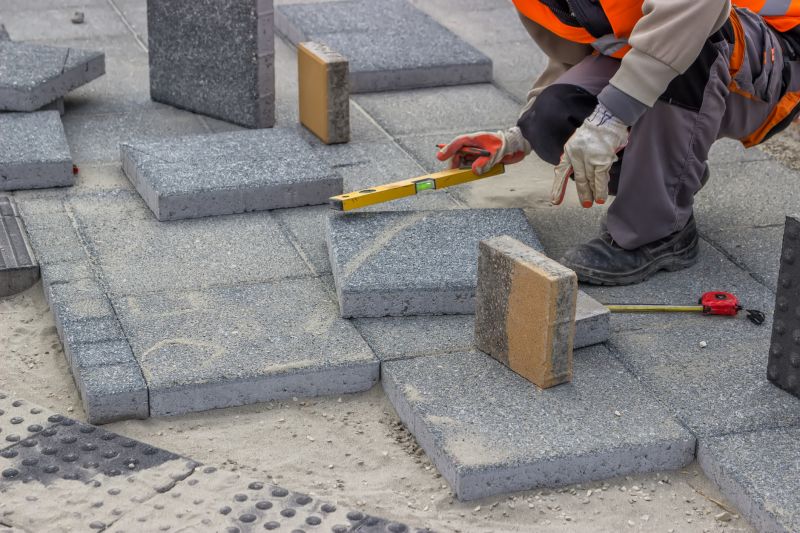
Springtime installation ensures optimal curing conditions with moderate temperatures and increased sunlight.
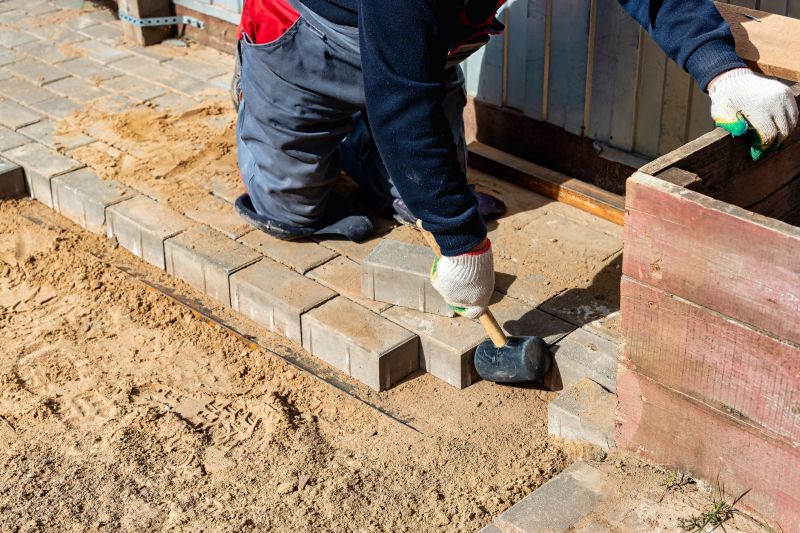
Summer offers warm, dry weather suitable for paving, provided temperature extremes are managed.
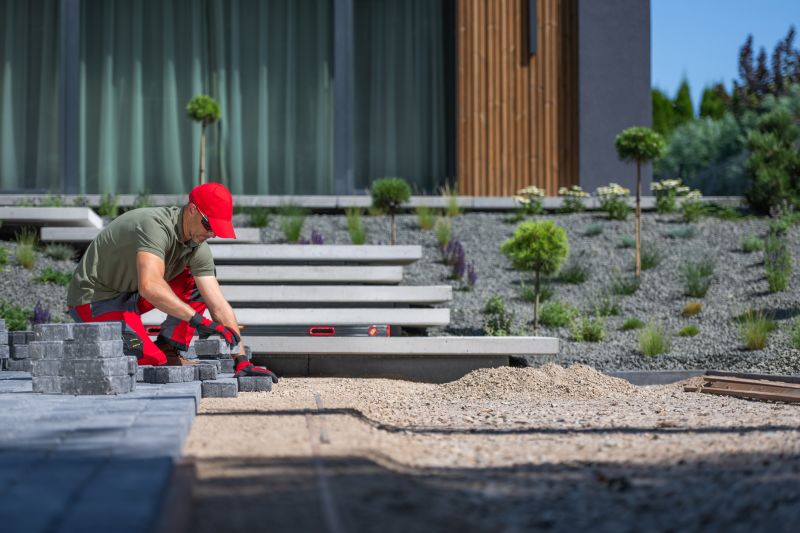
Fall provides cooler temperatures and less rainfall, ideal for paving projects.
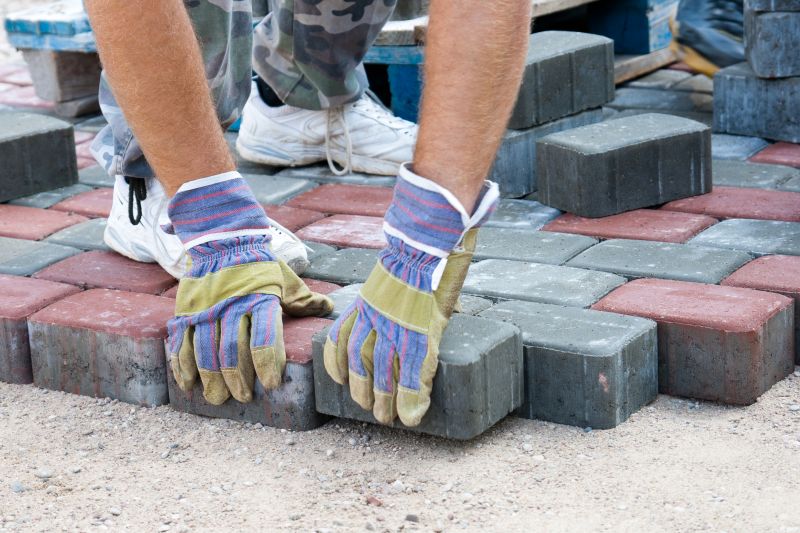
Ways to make Pavers Installations work in tight or awkward layouts.

Popular materials for Pavers Installations and why they hold up over time.
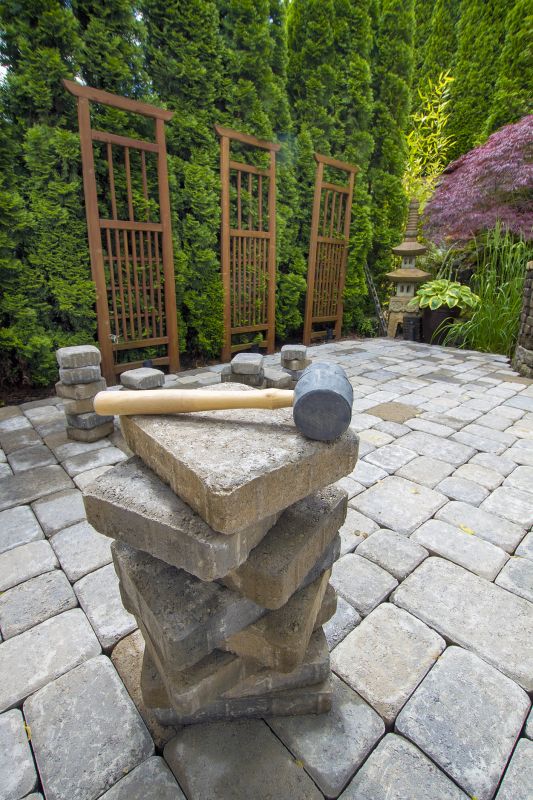
Simple add-ons that improve Pavers Installations without blowing the budget.
| Season | Optimal Conditions |
|---|---|
| Spring | Mild temperatures, increased sunlight, moderate rainfall |
| Summer | Warm, dry weather, avoid extreme heat |
| Fall | Cool temperatures, less rainfall, stable weather |
| Winter | Freezing temperatures, snow, and ice |
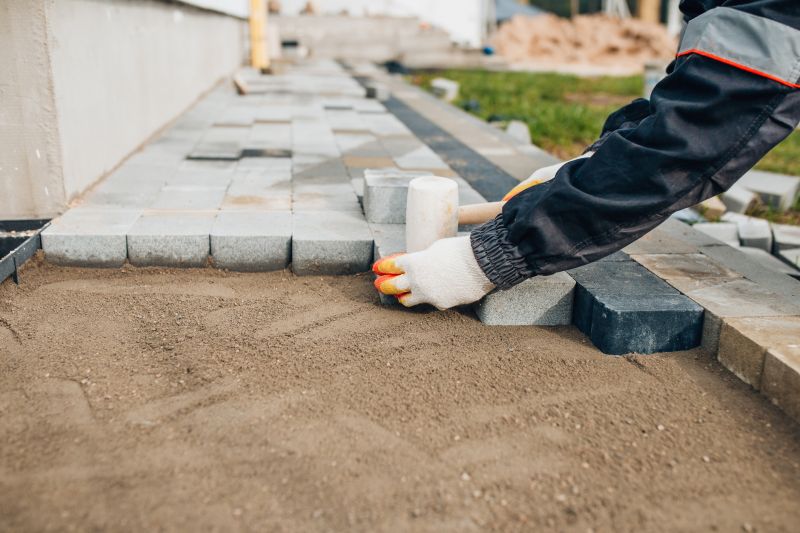
Spring offers ideal conditions for durable and stable paver installation.
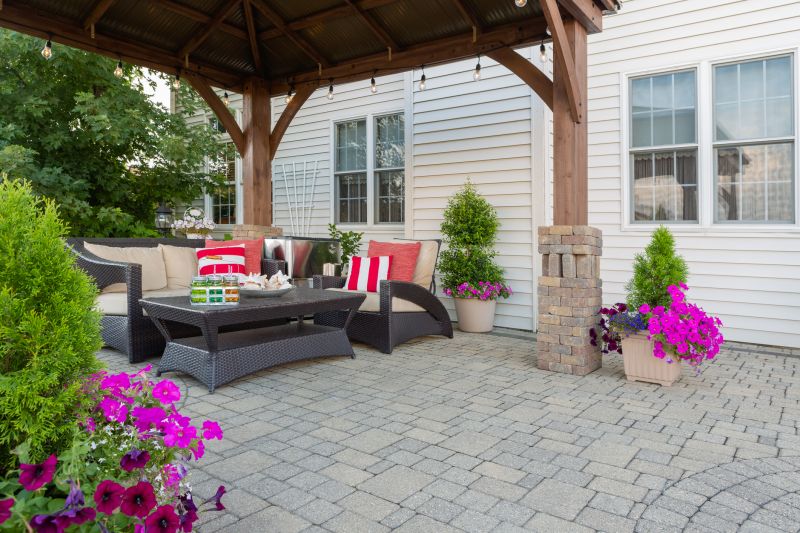
Warm summer weather can be suitable if installation is scheduled during cooler parts of the day.

Fall provides excellent conditions for installation before winter sets in.
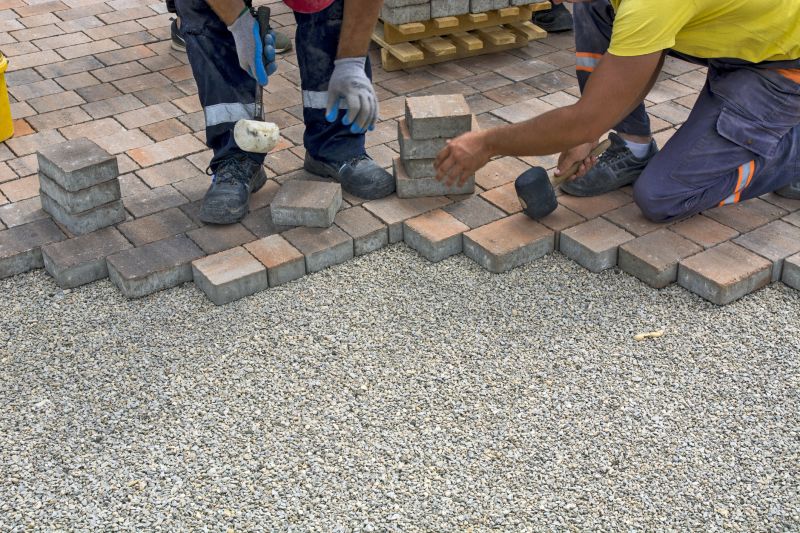
Winter conditions hinder proper installation and curing due to cold temperatures and snow.
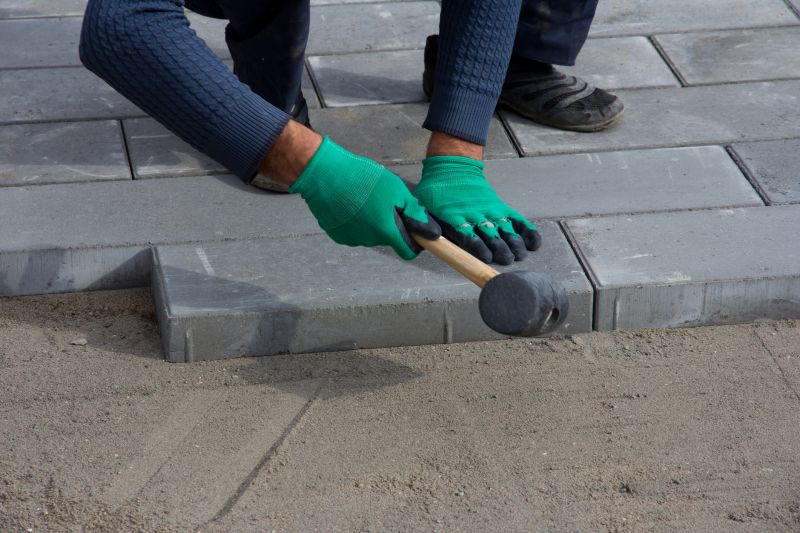
Finishes and colors that play nicely with Pavers Installations.
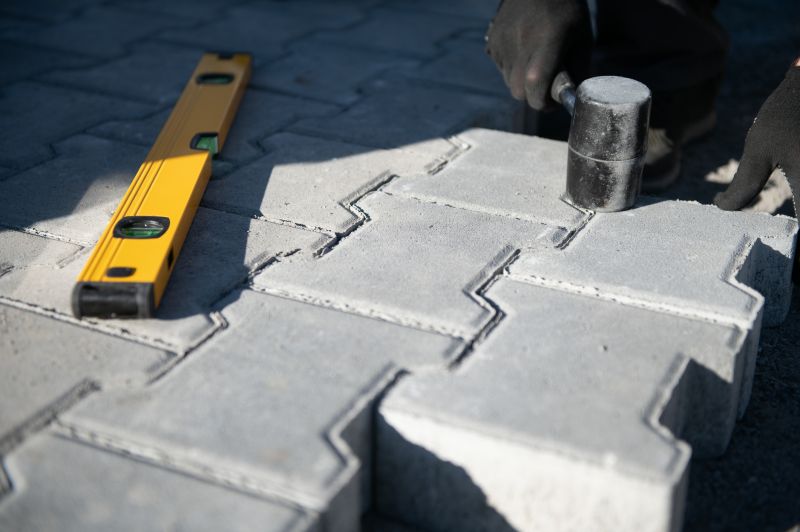
Little measurements that prevent headaches on Pavers Installations day.

A 60-second routine that keeps Pavers Installations looking new.
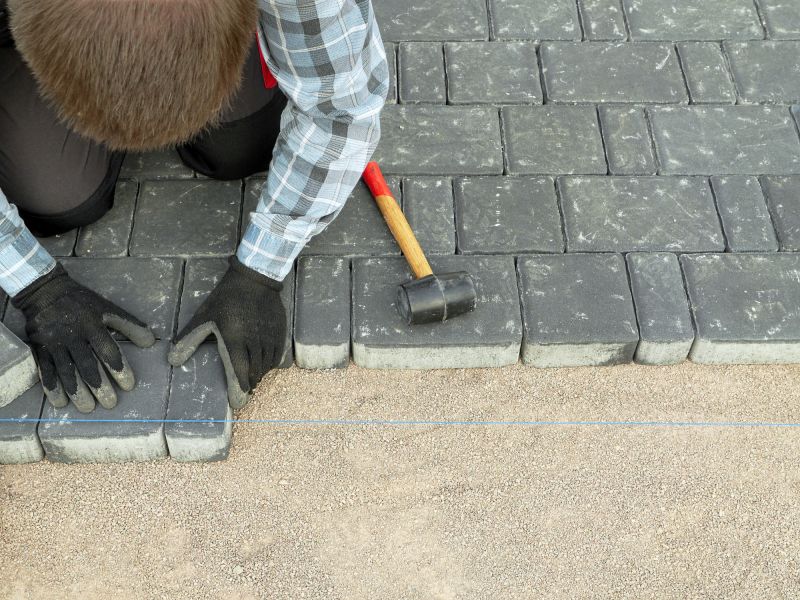
A frequent mistake in Pavers Installations and how to dodge it.
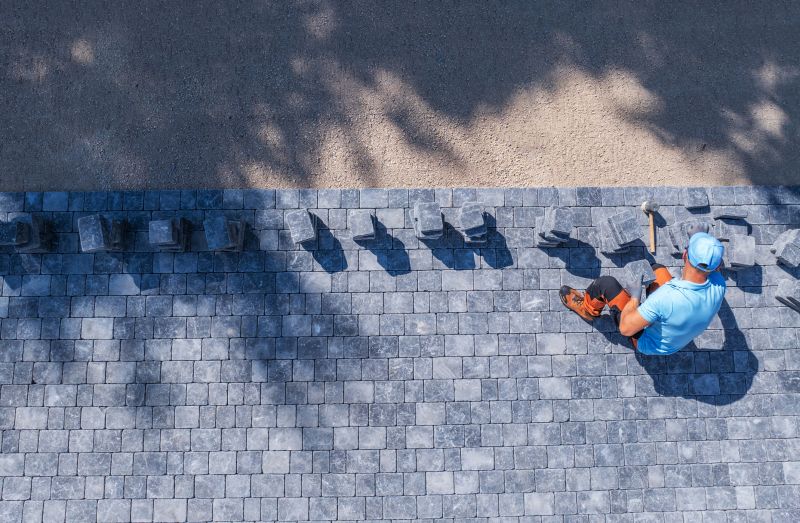
Small tweaks to make Pavers Installations safer and easier to use.
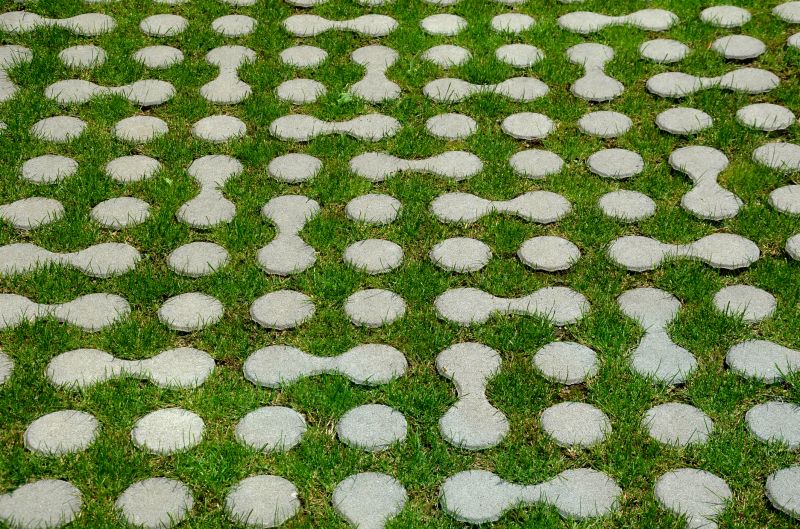
Lower-waste or water-saving choices for Pavers Installations.
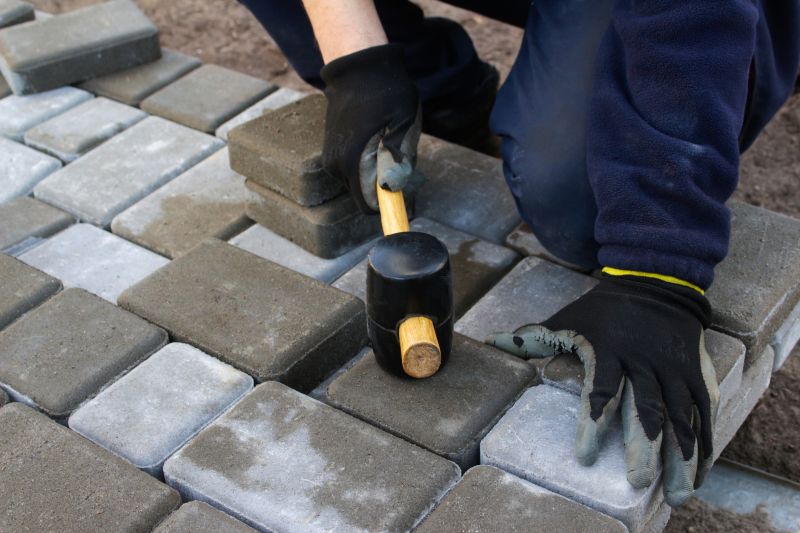
The short, realistic tool list for quality Pavers Installations.
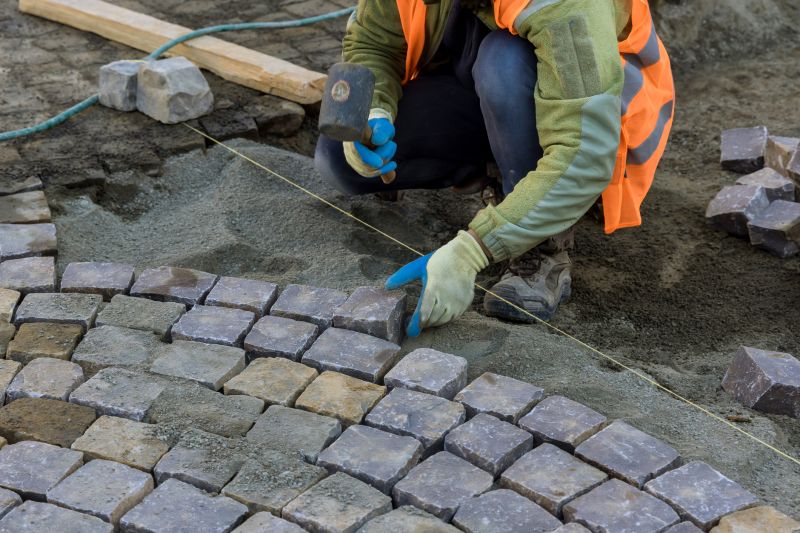
Rough timing from prep to clean-up for Pavers Installations.
Selecting the appropriate time for pavers installation can lead to better results and longer-lasting surfaces. Proper planning around seasonal weather patterns minimizes issues such as shifting, cracking, or uneven settling. Consulting with experienced professionals can help determine the best window for specific project requirements and local climate conditions.
Interested in scheduling a pavers installation? Filling out the contact form can provide more information and help plan the project during the most suitable season for optimal results.
